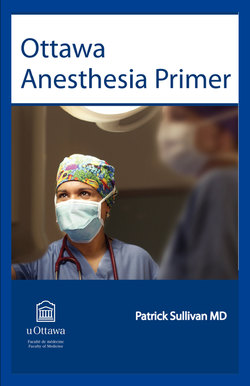Читать книгу Ottawa Anesthesia Primer - Patrick Sullivan - Страница 31
На сайте Литреса книга снята с продажи.
ОглавлениеCardiac Risk:
Perioperative cardiac complications contribute significantly to perioperative mortality, morbidity, and costs.37 As a result, researchers have focused on identifying the patient at risk for major adverse cardiac events. The best risk prediction model, the Revised Cardiac Risk Index,38 includes six variables:
High-risk surgery (i.e., intraperitoneal, intrathoracic, or suprainguinal vascular procedures)
History of ischemic heart disease (i.e., MI, positive exercise test, presence of angina, use of nitrate therapy, or ECG with Q wave changes).
History of CHF (i.e., pulmonary edema, PND, bilateral rales, S3 gallop rhythm, chest x-ray with vascular redistribution)
History of cerebrovascular disease (i.e., transient ischemic attack or cerebrovascular accident)
Preoperative treatment with insulin
Preoperative creatinine > 176 µmol∙L-1
Once assessed, the patient is given one point for the presence of each risk factor and assigned a Revised Cardiac Risk Index (RCRI) class that corresponds to a percentage value representing the potential for perioperative cardiac complications.
